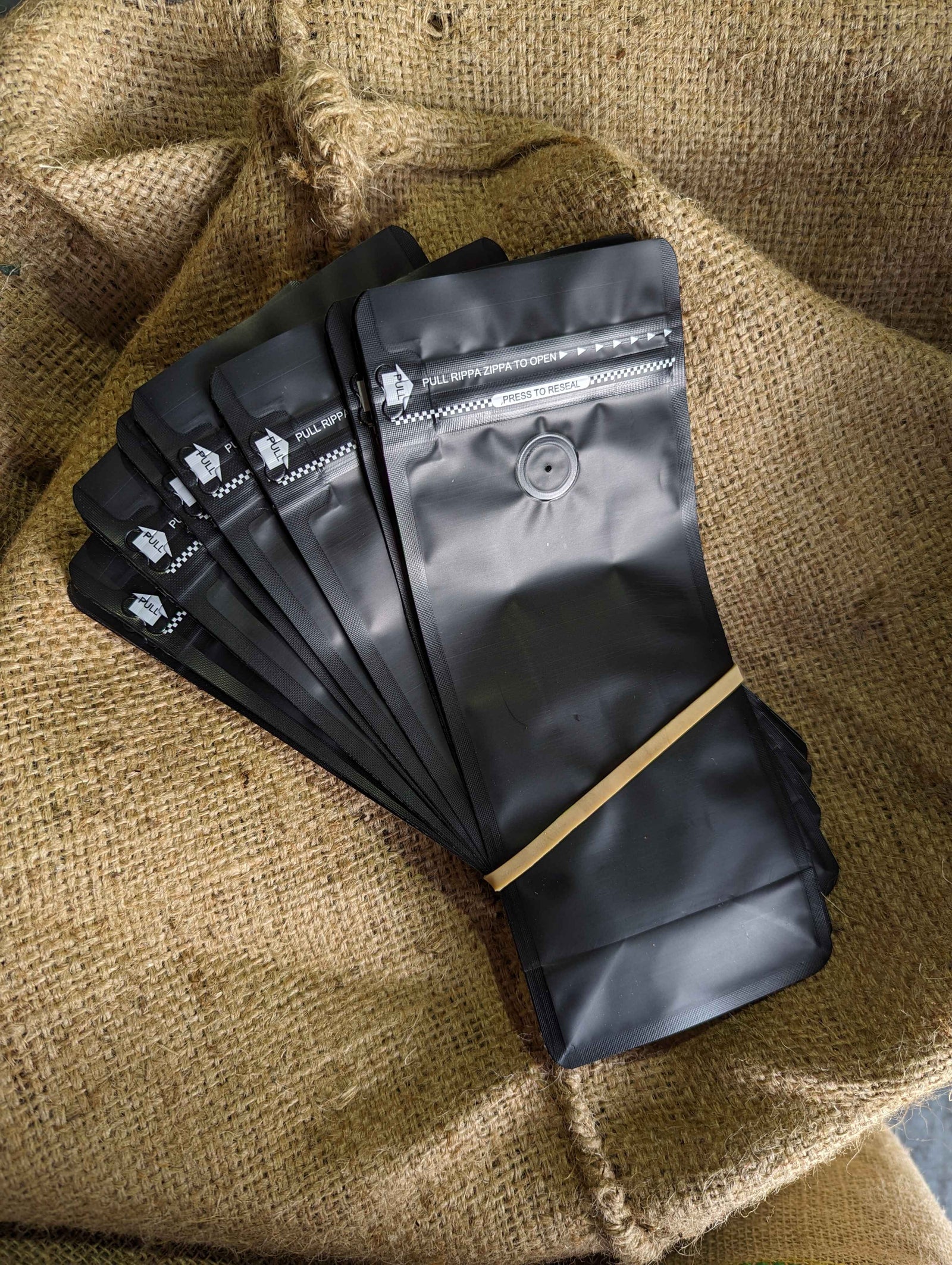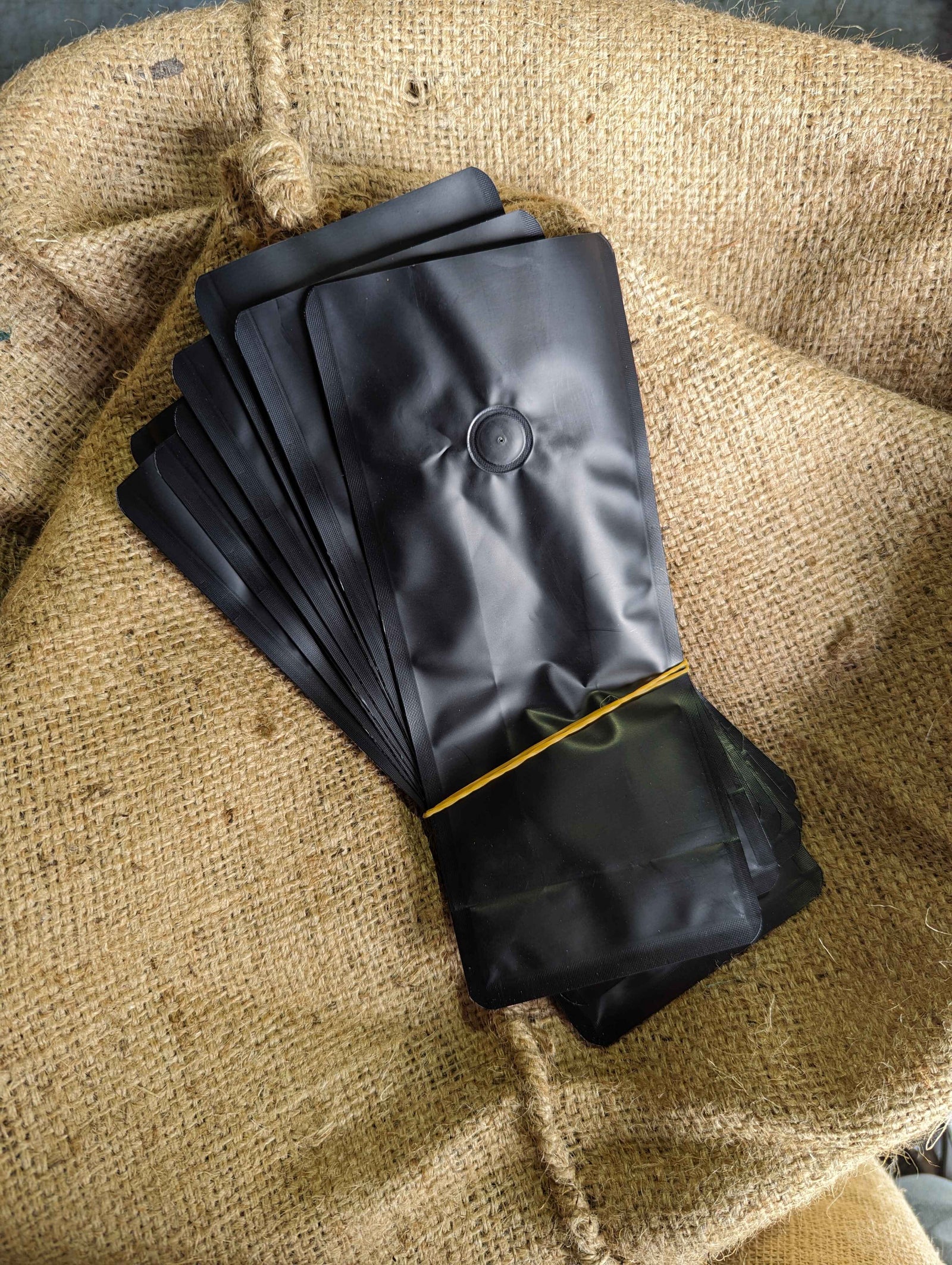Ayele Fulasa cultivates coffee at 2,005 meters above sea level in Werkasakaro, in Yirgacheffe. Coffee production runs in the family and the knowledge that shapes his cultivation and processing has been passed down through generations of his family. Backed by years of experience, he’s confident that if you’ll love his coffee. Ayele cultivates the 74110 coffee variety developed by the Jimma Agricultural Research Center (JARC). His farm sits at a lofty 2,005 meters above sea level.
Ayele selectively handpicks ripe cherry and floats cherry to remove any damaged or light coffee. He places cherry on raised beds, built from bamboo, where it dries in direct sunlight. Ayele rakes cherry frequently to ensure even drying and periodically inspects drying cherry to remove any defective or damaged cherry. Cherry receives an average of 7 hours of sunlight per day and takes approximately 21 days to dry.
Yirgacheffe is a district in Southern Ethiopia’s Sidamo region. Yirgacheffe is widely recognized as one of coffee’s ‘birth regions.’ Washed coffees coming from this district are so well-known and sought-after that Yirgacheffe is considered its own micro-region.
The majority of coffees grown in Yirgacheffe are local landrace varieties (which are often also called Ethiopian heirloom). Other varieties grown in the regjon were developed by the Jimma Agricultural Research Centre (JARC). JARC is an important research center for Ethiopia and has done a great deal of work on developing disease resistant and high yielding varieties that still demonstrate quality in the cup.
Most farmers in the region farm on fewer than 5 hectares (many counting their coffee farms in terms of trees rather than area). Cultivation methods are traditional for the most part, with coffee being grown as part of an integrated ‘coffee garden,’ intercropped with other food crops.

 Matte Black Coffee Bag Bundle - With Valve & Rippa Zippa
Matte Black Coffee Bag Bundle - With Valve & Rippa Zippa Matte Black Coffee Bag Bundle - With Valve
Matte Black Coffee Bag Bundle - With Valve






